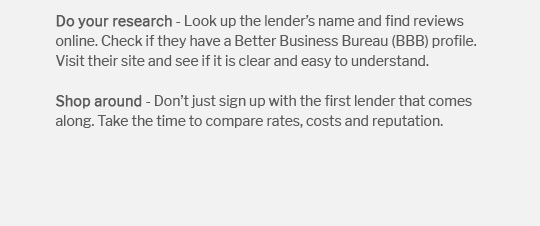 |
|||
 |
 |
 |
||
|---|---|---|
 |
||
 |
||
 |
||
 |
||
 |
 |
 |
 |
Understanding Harp Refinance Rates Higher: A Beginner’s GuideWhat is HARP Refinance?The Home Affordable Refinance Program (HARP) was designed to help homeowners refinance their mortgages even if they owe more than their home’s current value. While HARP is no longer active, understanding its implications on refinance rates can be crucial for homeowners looking to apply for FHA loan options today. Why Are Refinance Rates Higher?There are several factors contributing to higher refinance rates:
Impact of Economic ConditionsInterest rates are heavily influenced by the Federal Reserve's monetary policy. When the economy is strong, rates tend to rise. Credit Score ConsiderationsYour credit score plays a pivotal role in determining your refinance rate. Improving your score before refinancing can lead to better terms. Steps to Consider Before Refinancing
Understanding these elements can help you make an informed decision about refinancing. FAQWhat was HARP designed to do?HARP was created to assist homeowners who were underwater on their mortgages to refinance at more favorable terms. Are HARP refinance rates still available?No, HARP ended in 2018, but there are other refinancing options available today. How can I lower my refinance rate?Improving your credit score, shopping around for the best rates, and choosing the right type of loan can help lower your refinance rate. https://www.mortgagecalculator.org/mortgage-rates/harp-program.php
Since this loan refinancing program sets its rates based largely on your credit score and payment history, the lower they are, the higher terms you'll get. This ... https://themortgagereports.com/22445/harp-replacement-high-ltv-underwater-refinance-fannie-mae-freddie-mac
' HIRO, which stands for 'High LTV Refinance Option,' is the HARP replacement program for borrowers with Fannie Mae loans. Homeowners with FHA, ... https://www.brattle.com/wp-content/uploads/2023/07/Unintended-Consequences-of-Policy-Interventions-Evidence-from-the-Home-Affordable-Refinance-Program.pdf
(2023) and Amromin and Kearns (2014) point out that the design flaw in HARP that increases the pricing power of HARP lenders, which lead to higher interest ...
|
|---|